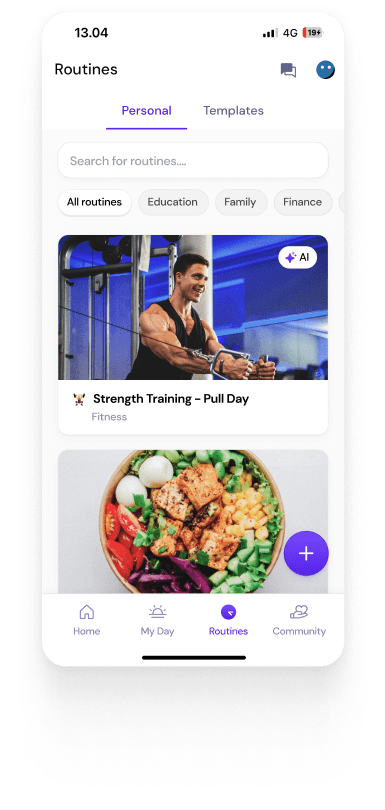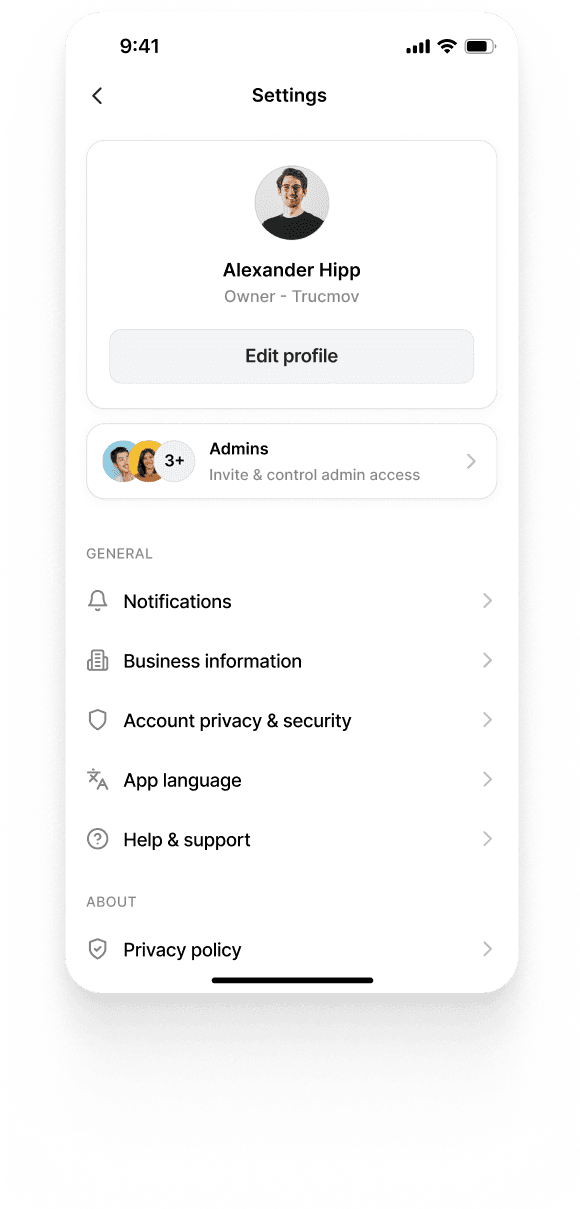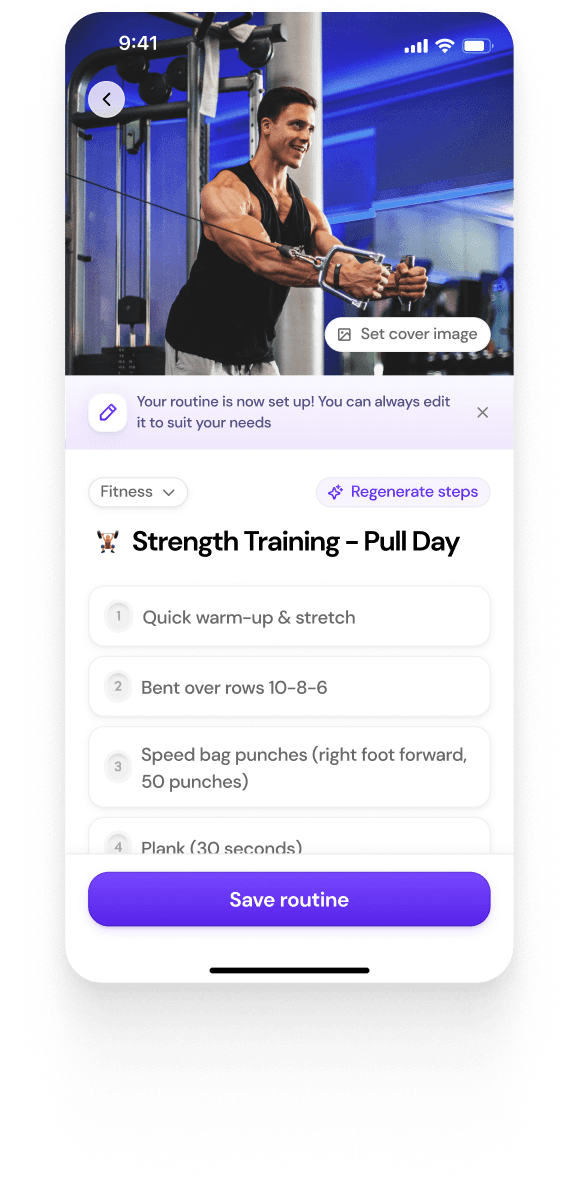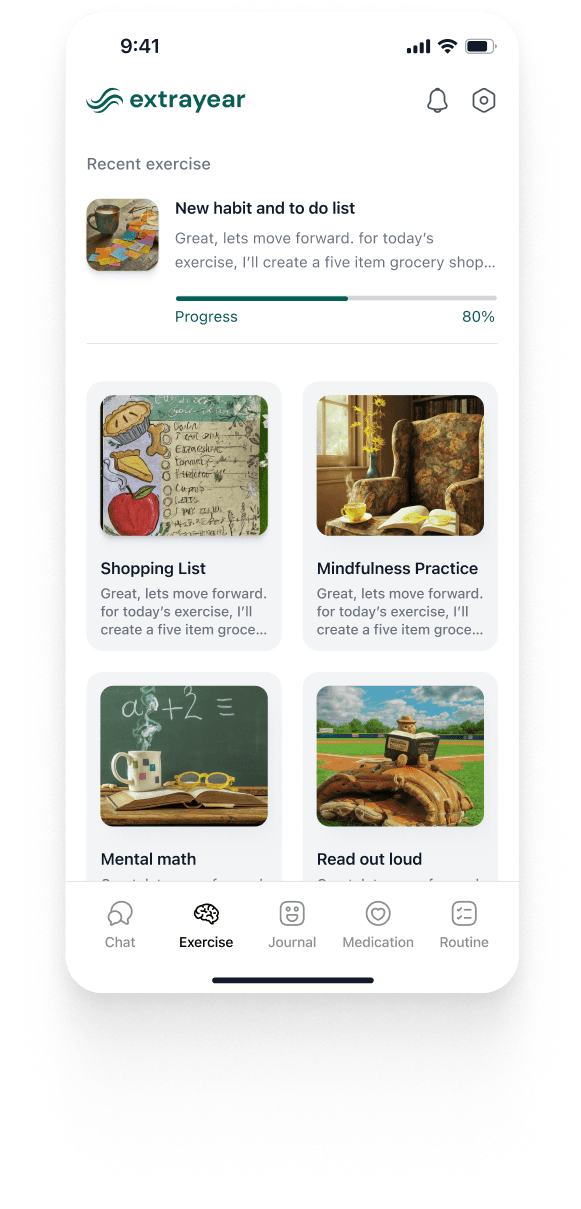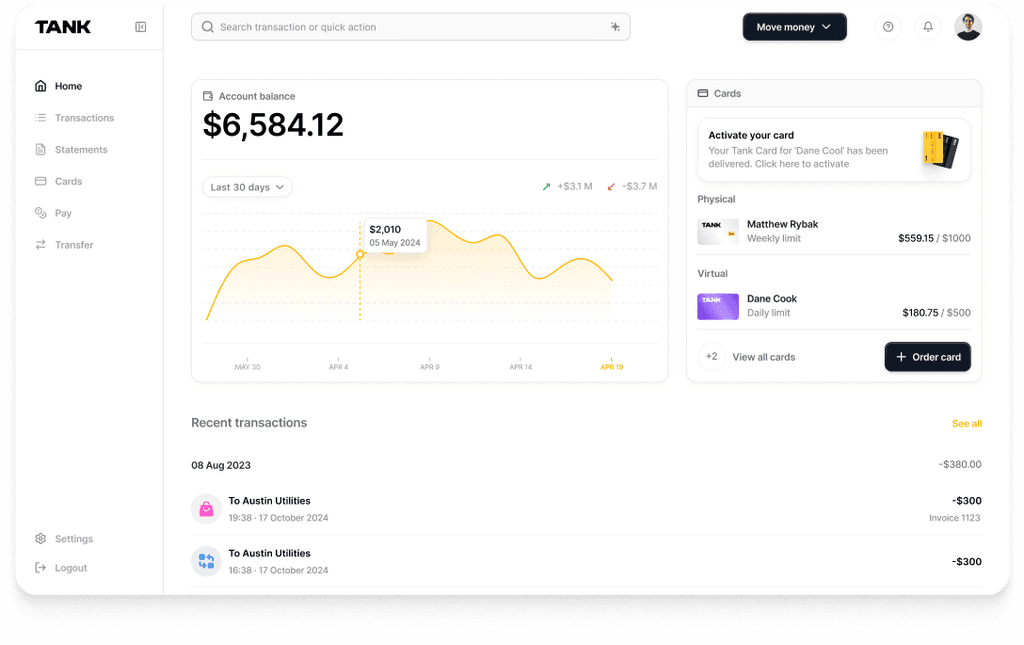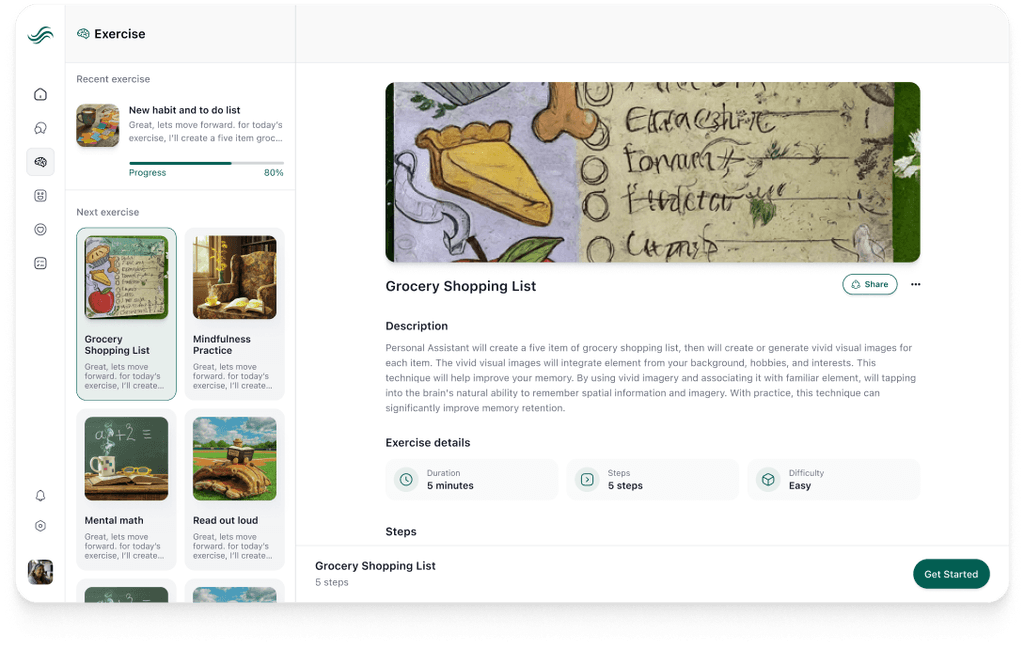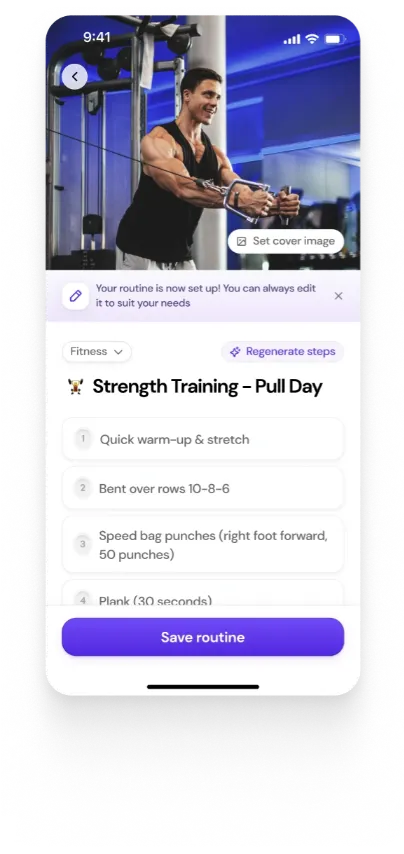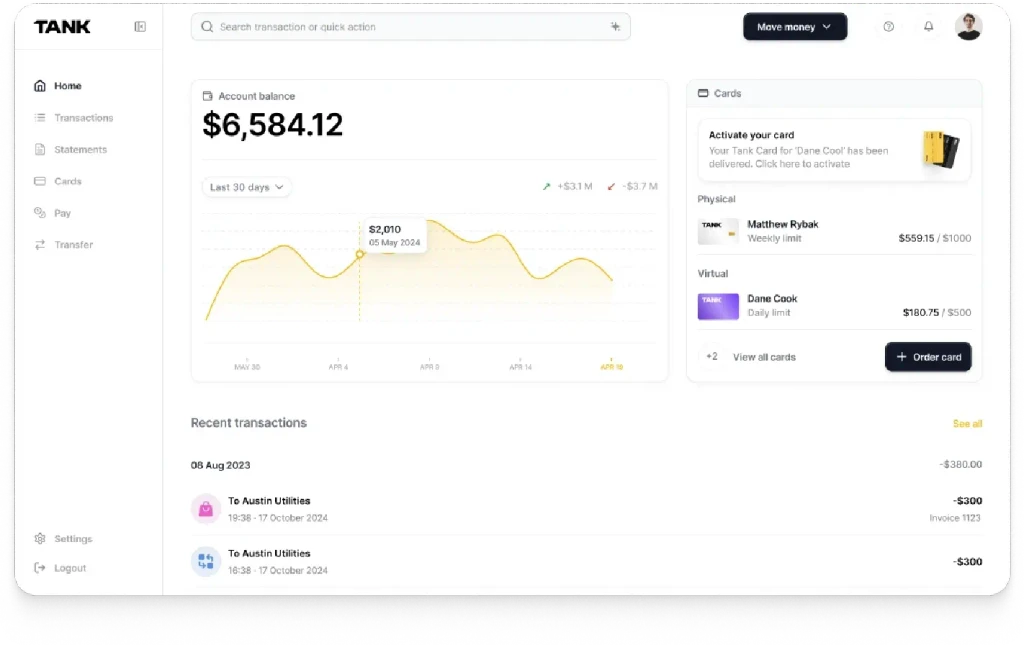AI Tool Libraries Simplified
Summary
AI tool libraries streamline development by offering pre-built components for data processing, model training, and deployment. Providers like Exa, Browserbase, Composio, PyTorch, and TensorFlow optimize workflows, reduce engineering overhead, and enhance scalability. While open-source frameworks offer flexibility, proprietary platforms provide specialized capabilities and enterprise support.
Key insights:
Accelerating AI Development: Tool libraries reduce development time by offering pre-built solutions for data processing, model training, and deployment.
Scalability & Efficiency: Libraries like Exa and Browserbase support large-scale web data retrieval and automation, enhancing AI workflows.
Seamless Integration: Composio simplifies connecting AI agents with 250+ tools, reducing integration complexity.
Open-Source vs. Proprietary Tools: PyTorch and TensorFlow offer free, flexible solutions, while Exa and Browserbase provide specialized, enterprise-grade services.
Choosing the Right Tool: Consider technical needs, cost, and scalability—PyTorch and TensorFlow excel in research, while Exa, Browserbase, and Composio cater to production environments.
Introduction
Tool libraries have become essential to AI development, offering pre-built components that save time, enhance efficiency, and streamline workflows. By providing a wide range of reusable tools for tasks like data processing, model training, and deployment, these libraries empower developers to focus on innovation rather than reinventing the wheel. This insight explores the leading providers, their features, and the commercial considerations to help developers choose the right tools for their projects.
Definition and Utility in AI Development
Within the context of artificial intelligence (AI) development, tool libraries are curated collections of pre-built tools, frameworks, and resources that simplify the creation of AI applications. These libraries contain many components, including algorithms, models, and utilities, designed to streamline tasks such as data preprocessing, model training, and deployment. By offering ready-made solutions, tool libraries enable developers to focus on innovation and higher-level problem-solving rather than reinventing foundational elements.
The use of tool libraries in AI development is multifaceted:
Reducing Development Time: By providing pre-built components, tool libraries significantly cut down the time required to develop AI applications. Developers can leverage existing modules for common tasks, accelerating the development process.
Standardizing Workflows: Tool libraries offer standardized solutions, ensuring consistency across AI projects. This standardization facilitates collaboration among developers and maintains uniformity in code quality and structure.
Enabling Scalability: Many tool libraries are designed to handle large-scale data and complex computations, making it easier to scale AI applications as project requirements grow. They provide optimized algorithms and support for distributed computing, essential for handling extensive datasets and models.
The libraries we will discuss include Exa, Browserbase, Composio, PytTorch, and TensorFlow, each offering unique features tailored to various aspects of AI development. By integrating these libraries into their workflows, developers can enhance efficiency, ensure consistency, and build scalable AI solutions.
Providers
1. Exa
Exa is a powerful web search and crawling platform built specifically for AI applications. Designed to fetch high-quality web data, Exa leverages advanced, meaning-based search technology to power applications ranging from research and competitor analysis to AI-driven chatbots. Its robust API streamlines the process of integrating vast amounts of real-world web data into your projects, enabling developers to quickly harness information for informed decision-making.
The key selling point of Exa lies in its flexible and developer-friendly API that delivers reliable, high-quality web data. With support for multiple programming languages and a focus on real-time data retrieval, Exa stands out as a go-to solution for businesses seeking to ground their AI products in factual, up-to-date information. This state-of-the-art platform not only accelerates data integration but also underpins the efficiency of AI-driven workflows.
2. Browserbase
Browserbase is an innovative headless browser designed for AI applications, offering a robust infrastructure that simplifies the deployment and management of browser sessions at scale. Built to work seamlessly with popular automation frameworks like Playwright, Puppeteer, and Selenium, Browserbase enables developers to integrate its capabilities into existing codebases without disruption. This approach makes it ideal for tasks such as real-time data scraping, web automation, and running AI agents in a controlled environment.
The key selling point of Browserbase is its exceptional scalability and speed. Its serverless, globally distributed infrastructure allows the platform to spin up thousands of browser instances in milliseconds, ensuring low latency and high performance across applications. Moreover, with features such as isolated browser sessions, live view debugging, and enhanced security protocols, Browserbase provides a reliable and secure foundation for any project requiring robust web interactions.
3. Composio
Composio is an integration platform tailored for AI agents and large language models, offering developers seamless connectivity to over 250 tools with minimal code. By unifying access to diverse applications—from GitHub and Salesforce to file management and remote code execution—Composio simplifies the complex process of integrating multiple services into AI workflows. This streamlined approach allows developers to focus on building intelligent systems rather than managing intricate integration details.
The key selling point of Composio is its extensive tool catalog combined with a developer-first design that significantly reduces engineering overhead. With managed authentication, out-of-the-box support for popular agent frameworks, and robust pre-built integrations, Composio accelerates time-to-market and enhances reliability for both startups and enterprise solutions. Its comprehensive platform ensures that integrating AI agents with various tools is both seamless and secure, fostering innovation without the usual integration challenges.
4. PyTorch
PyTorch is an open source machine learning framework that accelerates the transition from research prototyping to production deployment. Designed with a Pythonic interface, it offers dynamic computation graphs and seamless GPU acceleration, making it especially popular among researchers and developers working in computer vision, natural language processing, and other deep learning domains. Its intuitive design and robust ecosystem simplify the iterative process of model experimentation and refinement.
The key selling point of PyTorch is its flexibility, largely driven by its dynamic computation graph. This allows developers to modify models on the fly and debug them with ease—features that are crucial in research environments. Combined with strong community support and an extensive suite of libraries and tools, PyTorch stands out as an ideal framework for both rapid prototyping and scalable production systems.
5. TensorFlow
TensorFlow is a comprehensive, open source platform for machine learning developed by Google. It provides a complete ecosystem that includes libraries, tools, and community resources, enabling developers and researchers to build, train, and deploy machine learning models across a range of environments—from mobile devices to large-scale distributed systems. Its versatile APIs, including the high-level Keras API, empower users to create both simple prototypes and complex production systems.
The key selling point of TensorFlow is its scalability and production readiness. TensorFlow supports distributed training and inference, making it suitable for handling large datasets and complex models in enterprise environments. Its integrated ecosystem, which features tools like TensorBoard for visualization and TensorFlow Lite for mobile and embedded devices, provides a robust framework that meets the demands of both research and high-performance production applications.
Features
1. Exa
Exa is designed as a web API that provides AI applications with high-quality, real-world web data. Its features include an advanced, meaning-based search engine and web crawling capabilities, which enable users to perform comprehensive data retrieval tasks across the web. Developers can easily integrate Exa’s API into their applications using popular programming languages such as Python, JavaScript, and even via curl.
In addition to its robust search capabilities, Exa offers specialized products like WEBSETS—tailored for aggregating and enriching web data—to support various use cases including research, competitive analysis, and real-time chatbot responses. These features are built to ensure data quality, flexibility, and reliability, enabling seamless integration into AI-driven workflows.
2. Browserbase
Browserbase provides a headless browser platform optimized for AI agents and applications, featuring a suite of tools that simplify web automation and data scraping. Its features include seamless integration with popular automation frameworks such as Playwright, Puppeteer, and Selenium, which allow developers to plug Browserbase into their existing codebases effortlessly. The platform leverages the Chrome DevTools Protocol for native connectivity, ensuring a smooth and familiar development experience.
Scalability and performance are at the forefront of Browserbase’s offerings. With its serverless infrastructure, Browserbase can spin up thousands of browser instances in milliseconds while maintaining low latency through globally distributed servers. It also emphasizes security and observability, providing isolated browser sessions, live view debugging, session recording, and configurable logging, alongside features like managed captcha solving and advanced stealth options to ensure robust and secure operations.
3. Composio
Composio is an integration platform built specifically for AI agents and large language models, offering a streamlined way to connect with over 250 tools via a single line of code. Its features include a comprehensive repository of pre-built integrations that cover a wide range of applications—from GitHub and Salesforce to file management and remote code execution. With managed authentication and simplified JSON structures, Composio reduces engineering overhead and enhances reliability, making it easier to build and scale AI-driven workflows.
Additionally, Composio is designed with a developer-first mindset, supporting popular agent frameworks and providing out-of-the-box compatibility with numerous LLM providers. Its platform not only facilitates rapid integration but also emphasizes security with SOC Type II compliance and robust error handling. These capabilities enable developers to quickly deploy AI agents into production environments while ensuring seamless connectivity and high operational efficiency.
4. PyTorch
PyTorch offers dynamic computation graphs, allowing developers to modify models during runtime. This flexibility simplifies debugging and experimentation, making it an excellent choice for research and iterative development. Its tensors, which are multi-dimensional arrays, come with native GPU acceleration, enabling high-performance computations. The framework's Pythonic interface ensures an intuitive experience for developers, seamlessly integrating with other Python libraries.
Beyond its core features, PyTorch boasts a rich ecosystem of libraries like TorchVision for computer vision and TorchText for natural language processing. For production, PyTorch provides TorchScript, enabling model serialization and deployment, and TorchServe, a flexible serving framework for production environments. This combination of tools and features supports the full lifecycle of AI development, from research prototyping to scalable deployment.
5. TensorFlow
TensorFlow’s architecture is designed for scalability, running efficiently on a variety of platforms, from large-scale distributed systems to mobile devices. Its support for distributed training and inference enables developers to handle complex models and massive datasets. TensorFlow also offers comprehensive APIs, including low-level APIs for fine-grained control and high-level APIs like Keras for rapid prototyping and simplified model building.
The platform includes robust tools for production environments. TensorBoard provides interactive visualizations to monitor model performance and debug training processes, while TensorFlow Serving and TensorFlow Lite enable efficient deployment across different environments. This combination of scalability, versatile APIs, and production readiness makes TensorFlow a complete solution for both research and enterprise applications.
Versatility
1. Exa
Exa’s advanced API is designed to seamlessly support a broad spectrum of AI workflows. Whether for rapid prototyping or scaling up to production-level applications, Exa enables developers to integrate high-quality, real-world web data into their systems. Its specialized products facilitate tasks like news summarization, competitor analysis, and research data aggregation, making it an adaptable tool across various stages of AI development.
In production environments, Exa’s ability to deliver reliable, up-to-date data ensures that AI applications remain both robust and scalable. By offering flexible integration options and support for multiple programming languages, Exa not only accelerates early-stage experimentation but also sustains the operational demands of mature, enterprise-grade systems.
2. Browserbase
Browserbase is engineered to adapt effortlessly across different AI workflows. During the prototyping phase, its seamless integration with popular automation frameworks like Playwright, Puppeteer, and Selenium allows developers to quickly set up headless browser environments for testing and experimentation. Its easy-to-integrate API and live view debugging features enable rapid iterations without disrupting existing codebases.
For production, Browserbase’s scalable, serverless infrastructure is a significant advantage. The platform can launch thousands of isolated browser instances in milliseconds, ensuring low latency and high performance in high-demand environments. This versatility—from facilitating initial prototyping to managing full-scale web automation and data scraping tasks—makes Browserbase a robust solution for AI-driven workflows.
3. Composio
Composio’s integration platform is built to support a wide array of AI workflows, offering developers the ability to connect over 250 tools with just a single line of code. In early-stage prototyping, Composio’s pre-built integrations and managed authentication simplify the process of linking AI agents with diverse APIs and services. This ease of integration helps teams experiment rapidly and iterate on ideas without getting bogged down by complex connectivity challenges.
As projects scale, Composio’s robust and secure framework transitions seamlessly into production environments. Its extensive catalog of tools, combined with features like simplified JSON structures and high reliability, ensures that once a prototype is validated, it can be developed into a full-scale solution that meets enterprise-grade performance and security standards.
4. PyTorch
PyTorch is renowned for its dynamic computation graph, which offers exceptional flexibility throughout the AI development lifecycle. During the prototyping phase, this dynamic nature allows developers to experiment with model architectures in real time, making debugging and iterative improvements straightforward and efficient. Its Pythonic interface and rich library ecosystem facilitate rapid development and ease-of-use in research settings.
Transitioning to production, PyTorch supports robust deployment strategies through tools like TorchScript and TorchServe. These features convert dynamic models into static graphs for optimized performance and enable scalable model serving, ensuring that experimental models can be reliably deployed in high-performance environments. This end-to-end adaptability makes PyTorch a versatile solution for both research and enterprise applications.
5. TensorFlow
TensorFlow is engineered to be highly versatile, catering to the needs of both rapid prototyping and large-scale production. Its high-level Keras API allows developers to quickly build, test, and iterate on models, streamlining the research process and facilitating a smooth transition from concept to proof of concept. This simplicity in early-stage development is complemented by extensive documentation and a supportive community, making it accessible for developers at all levels.
For production, TensorFlow’s architecture is built to scale. It supports distributed training, robust model serving through TensorFlow Serving, and deployment on a variety of platforms—including mobile and embedded devices via TensorFlow Lite. Additionally, TensorBoard provides advanced visualization tools to monitor and optimize model performance, ensuring that applications remain efficient and scalable from prototyping through to full production rollout.
Commercial Analysis
1. Exa
Exa adopts a subscription-based pricing model, typically tailored for enterprise-level usage, with options that may include pay-as-you-go components. While specific pricing details are available on their pricing page, Exa’s model is designed to offer scalable data retrieval solutions suitable for both small-scale experiments and full-scale production. There is often a free trial available, allowing developers to test the platform’s capabilities before committing to a subscription.
Regarding licensing, Exa is a proprietary service. This means that while the tool is highly optimized for commercial use—providing robust APIs and enterprise support—it also comes with licensing terms that may impose certain restrictions on redistribution or modifications. Commercial usage is governed by these terms, which are designed to protect the platform’s intellectual property while ensuring high-quality service for its users.
2. Browserbase
Browserbase offers a flexible pricing structure that blends subscription-based plans with pay-as-you-go components. Their transparent pricing model is evident from tiered plans such as the Hobby, Startup, and Scale plans, which cater to various usage levels—from small-scale development to enterprise deployments. Browserbase also provides a free trial or limited free tier, enabling smaller developers to explore its capabilities without an upfront investment.
In terms of licensing, Browserbase is proprietary software. Its commercial terms are structured to support both individual developers and large organizations while ensuring data security and compliance through features like SOC-2 and HIPAA. Although proprietary, the platform’s pricing and support options are designed to be scalable, allowing users to grow their applications with predictable costs and robust service-level agreements.
3. Composio
Composio is offered under a subscription-based pricing model that targets a wide spectrum of users, from individual developers to large enterprises. The platform typically provides various pricing tiers, often including a free tier or trial period that allows small-scale developers to get started without significant financial commitment. This model ensures that users can experiment with the toolset before scaling their integrations to production levels.
As a proprietary integration platform, Composio comes with licensing terms that govern its use in commercial settings. The terms are structured to ensure high reliability and support while allowing businesses to build complex AI workflows securely. Although the platform is not open-source, its comprehensive set of features, coupled with dedicated enterprise support, positions it as a viable option for organizations seeking to streamline the integration of multiple tools into their AI workflows.
4. PyTorch
PyTorch stands out as an open-source machine learning framework governed by the BSD license. This means it is free to use, modify, and distribute—even for commercial purposes. There are no subscription fees or pay-as-you-go charges associated with PyTorch, which makes it particularly attractive for both academic research and commercial product development.
The open-source nature of PyTorch ensures that developers have full access to its source code, with minimal restrictions on its use in commercial environments. This flexibility, combined with strong community support and continual contributions from both industry and academia, makes PyTorch a highly versatile tool for a range of AI workflows—from rapid prototyping to large-scale production systems.
5. TensorFlow
TensorFlow is another open-source framework that is available under the Apache 2.0 license. Like PyTorch, it is free for both research and commercial use, with no associated subscription fees or pay-as-you-go costs. TensorFlow’s comprehensive ecosystem and widespread adoption in the industry have made it a cornerstone in both academic and enterprise settings.
The licensing terms of TensorFlow allow businesses to deploy, modify, and scale their applications without the constraints typically associated with proprietary software. Its open-source nature ensures that commercial users can benefit from continuous updates and community-driven improvements, making TensorFlow a reliable and cost-effective solution for developing and deploying machine learning models at scale.

Use Cases and Recommendations
When it comes to prototyping, these tools offer flexible environments that allow developers to quickly iterate and test their ideas. For instance, open-source frameworks like PyTorch and TensorFlow are widely used for rapidly developing and experimenting with machine learning models. Their intuitive APIs and dynamic computation capabilities make them ideal for early-stage research and experimentation. Similarly, integration platforms such as Composio enable developers to effortlessly connect to over 250 tools, streamlining the prototyping of AI agents and workflows. Proprietary platforms like Exa and Browserbase add another layer by enabling real-time data retrieval and scalable web automation, respectively, which can enrich prototypes with live, actionable data.
For production-level use, scalability, reliability, and robust deployment options become critical. Both PyTorch and TensorFlow provide production-ready tools—such as TorchServe and TensorFlow Serving—that facilitate the transition of experimental models into live applications capable of handling high-demand environments. Exa’s enterprise-grade API ensures that data-driven applications are fed with high-quality, up-to-date web information, making it a solid backbone for production systems. Likewise, Browserbase’s ability to spin up thousands of secure browser instances in milliseconds supports complex, real-time web interactions, while Composio’s streamlined integration capabilities help maintain consistent performance and security across expansive toolchains.
Choosing the right tool for your project involves balancing cost with technical requirements. Open-source frameworks like PyTorch and TensorFlow are cost-effective and offer significant flexibility, making them excellent choices for research projects or startups with limited budgets. On the other hand, proprietary solutions like Exa, Browserbase, and Composio—although often subscription-based or pay-as-you-go—provide specialized functionalities, enhanced support, and scalability that can be critical for enterprise applications. Ultimately, evaluating your project's unique needs, anticipated scale, and budget constraints will guide you in selecting the most suitable tools, ensuring that the benefits in performance and reliability justify the associated costs.
Conclusion
In conclusion, tool libraries play a pivotal role in accelerating AI development by offering a wide range of pre-built tools that streamline complex tasks such as data processing, model training, and deployment. Libraries like Exa, Browserbase, Composio, PyTorch, and TensorFlow each bring unique features and capabilities that cater to different stages of the AI development lifecycle—from prototyping to scalable production. Whether it's Exa's web data integration, Browserbase's scalable browser automation, Composio's seamless tool integration, PyTorch's flexible model experimentation, or TensorFlow's enterprise-ready architecture, these libraries ensure that developers can focus on innovation while minimizing the time and effort spent on routine tasks. By understanding the features, versatility, and commercial considerations of each provider, developers can make informed decisions about the right tools to incorporate into their AI projects, ultimately enhancing efficiency, scalability, and the success of their applications.
Authors
Enhance Your AI Workflows with the Right Tools
Choosing the right AI tools is crucial for efficiency and scalability. As experts in AI integration, Walturn helps you navigate every stage—from selecting the best tool libraries to seamless implementation, monitoring, and optimization. Whether you're building, deploying, or scaling AI solutions, we ensure a streamlined and effective workflow.
References
AI. “Browserbase: A Web Browser for AI Agents & Applications.” Browserbase: A Web Browser for AI Agents & Applications, 2025, www.browserbase.com/.
“Composio - Access 250+ Apps in Just One Line of Code.” Composio, 26 Jan. 2025, composio.dev/.
Labs, Exa. “Exa.” Exa, 2025, exa.ai/.
Melnik, Yuliya. “The Top 16 AI Frameworks and Libraries: A Beginner’s Guide.” Datacamp.com, DataCamp, 29 Sept. 2023, www.datacamp.com/blog/top-ai-frameworks-and-libraries.
PyTorch. “PyTorch.” Pytorch.org, 2023, pytorch.org/.
TensorFlow. “TensorFlow.” TensorFlow, Google, 2019, www.tensorflow.org/.













